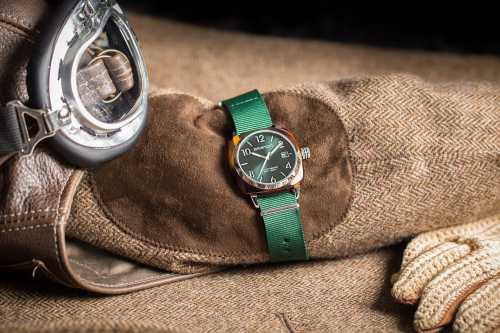From our users: z games which will teach the child of financial literacy

This game teaches the child to the basic principle of the commodity-money relations: to get some thing, it is necessary to pay for it. The seller will receive this money and uses them for development of the business - will buy new goods or will improve what sells now.
The previous games taught the child to distinguish money face value and to pay for purchases. It is time to check knowledge in practice.
At you a lot of trifle for certain collected. Pour out it on a table and tell the child what coins happen. Let's them consider, to compare the size, weight, color, thickness.
How to play
kak to make friends the child with money?
Rehearse a visit of shop of the house.
Communicate with us in social networks:
How to play
Hurrah, the quest is taken place. Periodically repeat it with the child - so he will learn to treat expenditure reasonably rather.
This game will teach the child to distinguish and count money. Do you want to make process by more fascinating? Suggest the child to collect different combinations of one sum of money for speed. Game 2. "Shop"
Game 1. "Exchange"
And now suggest the child "to exchange" your money. Let will exchange to you coins 10 rubles, 50 rubles, 100 rubles.
Council: let the list of purchases will not be long (at most three-four goods), and the sum of money - not really big that it was simpler to child to be guided in it (two hundred-three hundred rubles).
Source.
Result
The fourth lesson waits for it at the checkout. The child should pay for purchases and to check delivery which the cashier will give him. Suggest the child to keep delivery. He can spend it for a toy or something tasty, and can put in a moneybox.
Let the child chooses.
2. Together with the child walk on shop. Its task - to collect all goods from the list and to keep within the planned sum. Draw the attention of the child to what goods from one category (for example, milk) can cost differently. The price depends on a name of the producer and on goods volume.
As in the childhood, only instead of leaves take the real coins and small notes.
Still article on a subject:
First, learns that before a visit of shop it is necessary to make the list of purchases. It is so simpler not to pick up in a basket of superfluous and not to spend all money.
Result
Game 3. "Quest in supermarket"
Spread out "goods" on a table: toys, products from the refrigerator. Attach the price tag to each goods. Agree who will be "seller" and who - "buyer".
How to play
3. By the end of a campaign on shop suggest the child to buy expensive goods not from the list - for example, a box with sweets. If the child agrees, ask: and whether there will be enough at him money? There will not be enough money for everything, certainly. Then offer it options: or you refuse purchase of goods from the list and buy a box of sweets, or put sweets away for later and go on cash desk only with those purchases which planned in advance.
VKontakte
Thirdly, he learns that all purchases are divided into desirable and necessary. The box of sweets is the desirable expenditure. Candies - business tasty, but if houses wait for milk and sunflower oil, and money with itself a little - it is possible to do also without candies. That is in this case the box of sweets is the desirable purchase, and milk and sunflower oil - necessary.
Suggest the child to go to shop. Explain that this time it will be for main: it will need to track whether all of you bought the planned goods, and whether there was enough for them money.
In shop children see how you get money from a purse. And whether they will be able to gain the necessary sum? The first game will teach the child to distinguish coins, to exchange notes and to collect the same sum in the different ways.
1. Together with the child make the list of purchases and prepare the sum which you plan to spend in shop.
At the end of this game he will learn several things at once:
Secondly, learns that the same goods can cost differently. And optional the most expensive goods - the best.
Explain that money is a designer. We collect from them the sum which we give in shop for purchases. Show to the child as it works: for example, collect 10 rubles from coins in several different ways (from coins on 1 ruble, on 2 rubles, on 5 rubles, etc. - combinations can be different).
Do the same with notes.
If "buyer" - the child, then he has to collect the necessary sum from notes and coins and to give you in exchange for goods. If the sum left more - let will wait for delivery. Then change over. Now a task of the child - "seller" to check whether correctly you gave him money. And if it is necessary, to return delivery.
Result
Now the child knows that any sum can be put from different money. What to do with this money? Correctly - to go to shop and to pay for purchases.
Schoolmates
Source: http://photo-rai.ru




